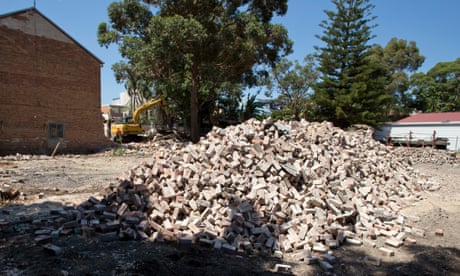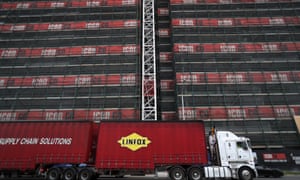 |
| Thoreau's Cabin at Walden Pond was 10' x 14' |
The Risks of Buying a Home That’s Too Big
The larger the house, the more you’ll pay in utility bills, property taxes, insurance and repairs (and the more you’ll have to clean).
By Robyn A. Friedman
Dec. 27, 2017 11:02 a.m. ET
Tempted to buy the largest house you can afford? More square footage typically means more money—and that means higher mortgage payments, taxes, utilities and maintenance.
Young couples buying a starter home are often coached to get something bigger than they need to anticipate a growing family. Others think large homes have better resale value.
“The biggest house isn’t necessarily the best house or even the best investment,” says Mari Adam, a certified financial planner in Boca Raton, Fla. “An older, smaller home with a shorter commute, bigger lot or greater remodel potential may appreciate more,” she says. “In fact, many fancy new homes can lose value quickly if a developer builds newer homes nearby, while older areas may have more enduring land value.”
While it’s OK to plan for future needs, the ultimate decision should be based on what you can realistically afford.
Allow yourself some extra room—a spare bedroom and bath for guests or for a parent who might move in if necessary in the future—but don’t pay for extra rooms that you will never use, says Ray Rodriguez, regional mortgage sales manager for the Metro New York Market for TD Bank. “You want enough space to live comfortably, but you don’t want to heat, clean and pay taxes on space you aren’t utilizing,” he says.
According to the National Association of Realtors, a real-estate trade group, the median size of an existing single-family home purchased in 2017 was 1,930 square feet, down from 1,950 square feet in 2016.
‘Rather than purchasing the largest home you can afford, think about how that home fits into your lifestyle.’
For new construction, the National Association of Home Builders reports that the median square footage of a new single-family home in 2016 was 2,419, a slight decrease from 2,473 in 2015.
But while home sizes may be trending down—likely due to affordability issues—home buyers aren’t particularly fond of the “tiny-house” trend. An online survey conducted in October of 1,019 Americans age 18 and older by ValueInsured, a Dallas-based firm that offers home buyers a product called down-payment insurance, found that 36% of those surveyed think people who purchase tiny homes are likely to regret their decision.
Purchasing a house that’s too big can also get in the way of your retirement. Once your children leave home, you could end up living in—and paying for—a McMansion that’s largely empty. That will cost you more in utility bills, property taxes, insurance and repairs. Ms. Adam, the certified financial planner, estimates that a moderately high-end home in South Florida could cost $100,000 or more to maintain each year, even with no mortgage. A homeowner would need $2.5 million in assets to generate that income every year, she says.
Here are a few things to consider when shopping for a home:
• Consider trade-offs. Rather than purchasing the largest home you can afford, think about how that home fits into your lifestyle. “People like to travel more, and they may decide they don’t necessarily need a massive house if it comes at the expense of them being able to go out and travel,” says Patrick Ryan, senior vice president and managing broker of Related Realty in Chicago.
• Think small—and remodel. Another option is to purchase an older or smaller house and then create the home of your dreams through renovation. Mr. Rodriguez purchased a 2,000-square-foot home built in the 1960s that was located in a desirable neighborhood. “We knew going in that we would have to renovate because it didn’t have modern amenities,” he says. He saved money for two years and eventually added 1,400 square feet to the house, ultimately achieving the size home he originally wanted but couldn’t afford.
• Long-term returns. The money saved in buying a right-size home could pay dividends in the future—literally. A $20,000 savings each year over the life of a 30-year mortgage could result in a nearly $1.2 million nest egg if invested in a stock market portfolio earning 4% a year, Ms. Adam says. The annual savings, when compounded over time, is likely to exceed the appreciation in your home’s value over the term of the mortgage.
• Think small—and remodel. Another option is to purchase an older or smaller house and then create the home of your dreams through renovation. Mr. Rodriguez purchased a 2,000-square-foot home built in the 1960s that was located in a desirable neighborhood. “We knew going in that we would have to renovate because it didn’t have modern amenities,” he says. He saved money for two years and eventually added 1,400 square feet to the house, ultimately achieving the size home he originally wanted but couldn’t afford.
• Long-term returns. The money saved in buying a right-size home could pay dividends in the future—literally. A $20,000 savings each year over the life of a 30-year mortgage could result in a nearly $1.2 million nest egg if invested in a stock market portfolio earning 4% a year, Ms. Adam says. The annual savings, when compounded over time, is likely to exceed the appreciation in your home’s value over the term of the mortgage.
/cdn.vox-cdn.com/uploads/chorus_image/image/58207691/andre_m.0.jpg)
/cdn.vox-cdn.com/uploads/chorus_asset/file/9976987/TransbayTerminalConstruction_PChang_0158.0.jpg)
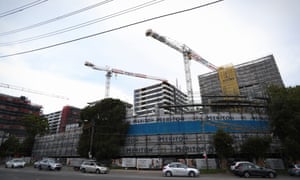

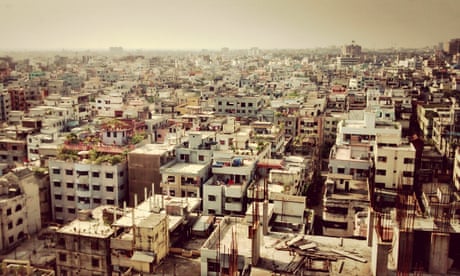
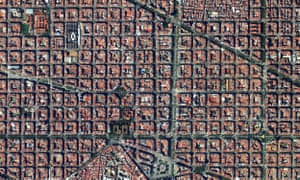
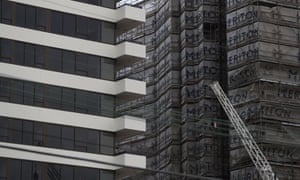
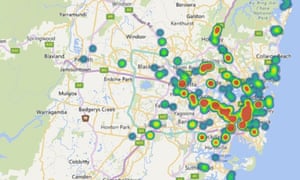 A heatmap of cranes in Sydney in the fourth quarter of 2017. Photograph: Rider Levett Bucknall
A heatmap of cranes in Sydney in the fourth quarter of 2017. Photograph: Rider Levett Bucknall